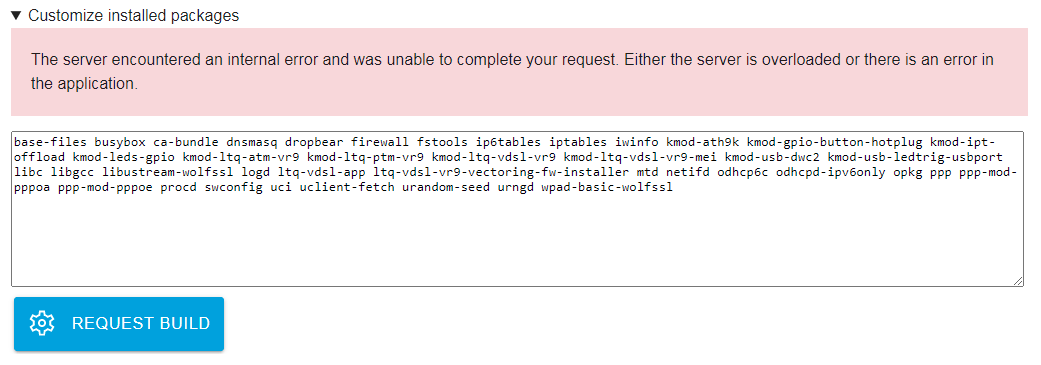I'm having a peculiar problem with 22.03.0-rc4. I installed it on a My Book Live Duo (apm821xx), no configuration changes except setting the lan interface to dhcp and disabling dnsmasq/odhcpd and firewall.
Super-short overview over my network:
Main router (x86) ---+--- My Book Live (apm821xx)
|
+--- Access Point (mt7621) ---(wifi)--- Wireless clients
(main router and AP are running OpenWrt 21.02.something)
When I connect from wireless clients in my network, the MBL throttles and ultimately refuses ssh connections.
Immediately after system startup, ssh is possible, but very soon the ssh connection is throttled and ultimately times out, any further ssh connection attempts fail. The logfile shows nothing, not even the subsequent connection attempts.
It is not a client OS problem, I tried Windows, Linux (Debian) and Android on the wireless side. It is only SSH though, LuCI/http access works fine. And it is only ssh connection attempts going through the access point, ssh connections from the main router or from machines connected to the main router via VPN (wireguard) work, and continue to work even once SSH from wifi clients stops working.
What could be the reason for this behaviour? Are ssh connections coming through the access point accidentally triggering some sort of security measure?
Sidenote: There seems to be something off in the default packages selection. Being a single-port NAS, it should not have wpad/hostapd packages, but the downloadable image contains both hostapd-common and wpad-basic-wolfssl, and the system has them running. Are they pulled in by some meta package, luci perhaps?
